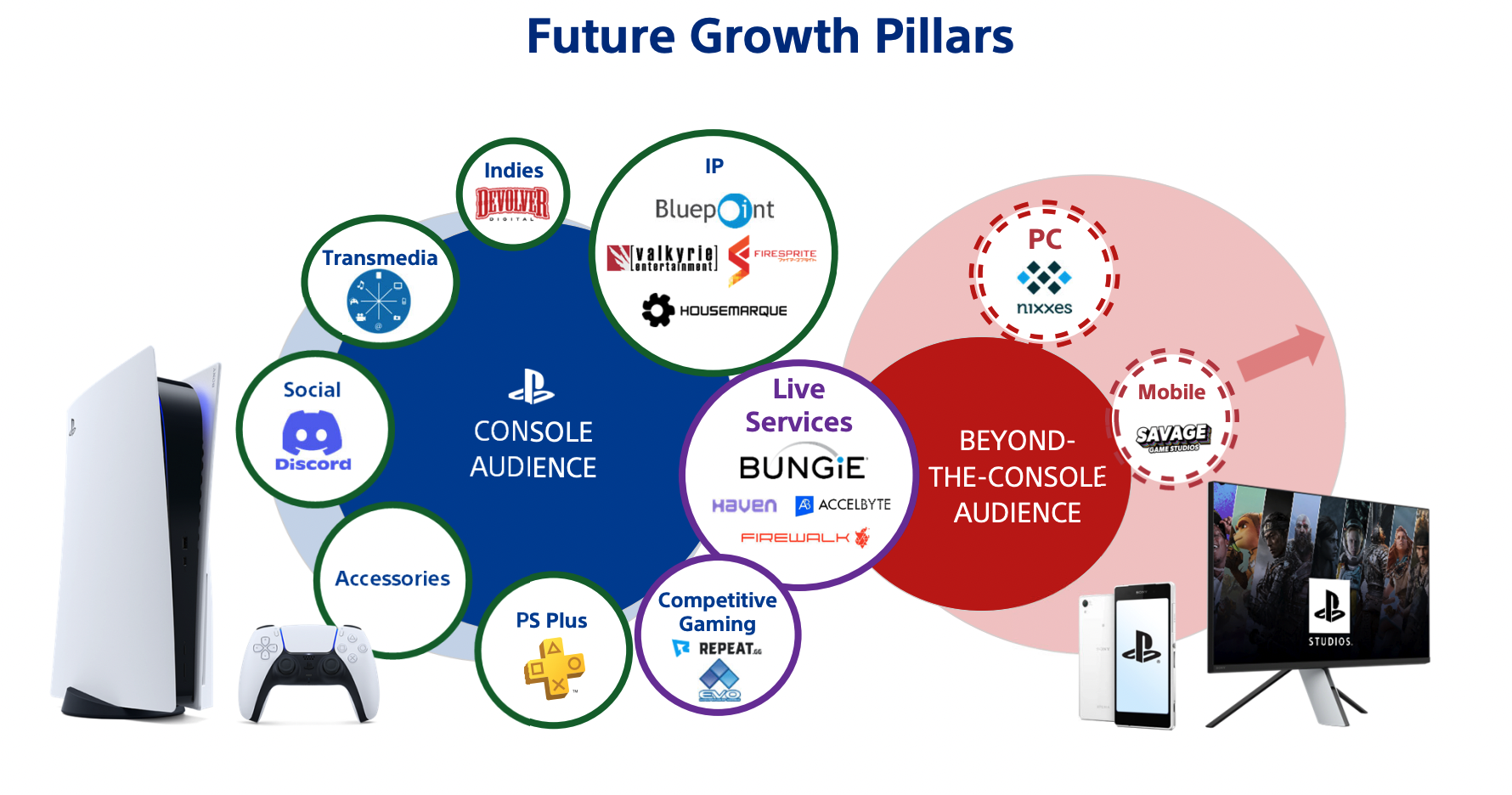Microsoft is once again pushing the boundaries of software monetization with a new experiment that introduces advertisements directly into the Start menu of Windows 11. This feature, currently tested among Windows Insiders in the Beta Channel, has sparked discussions on the balance between innovation and user experience. In this article, we delve deeper into this development, comparing it with Microsoft’s past efforts, and considering the potential ramifications for the future of the operating system.
Background: The Evolution of the Windows Start Menu
The Start menu in Microsoft’s Windows operating systems has undergone significant transformations since its introduction in Windows 95. Initially, it served as a simple, efficient gateway to programs and settings, encapsulating Microsoft’s goal of making navigation intuitive and accessible. Over the decades, as computing needs and user interfaces evolved, the Start menu also adapted, reflecting changes in user behavior and advancements in technology.
With the release of Windows XP and Windows Vista, the Start menu became more customizable and user-friendly, introducing features like pinning applications and providing instant search results. This not only made the menu more functional but also enhanced user engagement by allowing more direct access to needed tools and files.
The introduction of Windows 8 marked a significant departure from traditional designs with a full-screen Start menu intended to improve touch-screen usability, reflecting Microsoft’s response to the growing trend of mobile computing. However, this design faced criticism for deviating too far from the familiar desktop experience, leading to further refinements.
Windows 10 brought a blend of old and new, combining the traditional list-style Start menu with the tiled approach of Windows 8. This hybrid model aimed to balance the needs of desktop and touch users, showing Microsoft’s commitment to versatility in user interface design.
Windows 11 continues this trend, with a more streamlined Start menu at the center of its interface changes. The menu adopts a centered alignment, which aligns more closely with other modern user interfaces seen in mobile and web applications. This alignment, along with refined aesthetics and improved performance features such as snap layouts and virtual desktops, demonstrates Microsoft’s ongoing dedication to improving user experience, prioritizing efficiency, aesthetics, and ease of use.
Through these iterations, the Start menu has remained a cornerstone of the Windows user interface, continually adapting to better meet the needs of its users in an ever-changing technological landscape.
Advertisements in the Start Menu
Microsoft’s integration of advertisements into the Windows 11 Start Menu focuses primarily on the “Recommended” section. This section typically suggests recently used files, frequently accessed folders, or recommended apps based on user activity. With the new update, this space is being used to also suggest third-party apps and services. These suggestions are not blatant advertisements but are rather styled as recommendations, seemingly in harmony with other user-suggested content.
This could potentially make them less obtrusive and more in line with user expectations from a recommendation system.
Intentions Behind the Advertisement Integration
The move to include advertisements in the Start Menu could be seen as a strategic attempt by Microsoft to increase engagement with its Microsoft Store, which has historically lagged behind other app stores in terms of popularity and user engagement. By suggesting apps directly within the Start Menu, Microsoft may be aiming to boost visibility and usage of its store offerings.
This is also a way to monetize Windows without compromising the user’s experience with overt advertising.
User Experience Concerns
The primary concern with integrating advertisements in such a central component of the operating system is how it impacts user experience.
While the ads are curated and styled as recommendations, they could still be perceived as an intrusion into a space that is typically personalized and reserved for user needs. This is particularly sensitive given past backlashes against intrusive ads in software interfaces. User feedback from the Windows Insider Program, where this feature is currently being tested, will be critical in determining how these ads are received and whether they disrupt the user workflow.
Potential Impacts on Microsoft’s Business Strategy
From a business perspective, this initiative could provide Microsoft with valuable data on user engagement with recommended content, which could refine how advertisements are targeted across Microsoft’s platforms. It also opens up a new revenue stream that could be significant, considering the vast user base of Windows.
However, the success of this strategy will heavily depend on how well these advertisements are integrated into the user experience without detracting from it.
Monitoring and Future Adjustments
Microsoft has indicated that this is currently an experimental feature limited to users in the Beta Channel of the Windows Insider Program.
The company has a history of revising features based on user feedback before wider release. It’s likely that the future of advertisements in the Start Menu will depend heavily on the feedback from this testing phase. Adjustments may include changing the frequency of ads, the type of content displayed, or even the overall approach based on user reception.
Historical Context and User Reception
Microsoft has occasionally tested the waters of integrating advertising or promotional content within its operating system interfaces. These initiatives often met with mixed receptions, highlighting a recurring tension between business objectives and user experience.
Early Efforts and Community Pushback
One of the earliest and more notable instances was in Windows 8, where Microsoft introduced “Bing Smart Search” ads. When users performed a search from the Start screen, the results could include advertisements along with files, apps, and web results. This was met with considerable user resistance as it blurred the lines between organic search results and sponsored content, leading to a perception of a less trustworthy user interface.
Similarly, Windows 10 experimented with “suggested apps,” where the Start menu occasionally displayed suggestions for Microsoft Store apps that users might install. While less intrusive than full advertisements, these suggestions were not well-received by all users. Many found them to be a disruption in an otherwise personalized and streamlined user experience, feeling that it compromised the aesthetic and functional integrity of the Start menu.
Refinements and User Adaptation
Following feedback, Microsoft made efforts to refine how these contents were integrated. For example, in later updates of Windows 10, users were given the option to turn off these suggestions, providing a compromise between monetization and user control. This move was partially successful in alleviating some of the criticisms by giving users back a degree of choice over their interface interactions.
User Reception and Ongoing Feedback
The Importance of Control in User Experience
Control within the user experience is a pivotal factor in how new features, especially those involving monetization such as advertisements or app suggestions, are received by the user base. When users feel that they have agency over their digital environment, such as the ability to customize settings, disable ads, or modify privacy options, they are more likely to view new features as enhancements rather than impositions.
Microsoft has learned from past feedback that empowering users to manage their preferences is crucial. This understanding has led to the development of more sophisticated user settings that allow for greater customization and control over what is displayed in the Start menu and other areas of the operating system. For instance, in Windows 10 and later in Windows 11, Microsoft introduced settings that let users turn off suggestions or ads directly from the settings menu, responding to negative feedback about their intrusiveness.
User Responses and Adaptations
Analyzing user forums, feedback submissions, and usability studies, it’s evident that users respond more favorably to monetization features when they feel their feedback is heard and acted upon. For example, the gradual acceptance of “suggested apps” in Windows 10 was significantly bolstered once users could easily disable this feature if they chose. This response was mirrored in the telemetry data Microsoft collected, which showed an increase in user satisfaction scores after these customization options were made more accessible.
Challenges and Opportunities
Despite improvements, challenges remain in balancing the commercial needs of the software developer with the usability demands of users. Each update or change that introduces monetization opportunities is closely watched by users and critiqued in public forums and social media, reflecting ongoing sensitivity to these issues.
Looking ahead, Microsoft may continue to refine its approach based on user feedback. This could involve more granular controls, improved transparency about how data is used for advertising purposes, and perhaps new ways of integrating ads that are perceived as adding value rather than detracting from the user experience.
Editorial Insight: The Balancing Act of Software Monetization
The concept of embedding advertisements in software is not a novelty. Historically, software companies have sought various methods to monetize their products while attempting to maintain a user-friendly experience. For instance, ad-supported models are prevalent in mobile and web applications, providing free access at the cost of ad exposure. Google’s Android OS and various online platforms like Facebook and YouTube have successfully employed this model, leveraging user data to serve targeted advertisements that fund the development and maintenance of their services.
However, implementing such a model in an operating system like Windows raises unique challenges. The OS is foundational to the user’s computing environment, and its primary function is to enable productivity, manage hardware resources, and provide an efficient interface for user interaction. As such, advertisements might not only be seen as intrusive but could potentially disrupt the workflow, leading to user dissatisfaction and decreased efficiency.
Microsoft’s approach to integrating ads into the Windows 11 Start menu involves placing curated app and website recommendations in the “Recommended” section, a less intrusive method compared to previous attempts. This subtler integration is a nod to past lessons where users have expressed displeasure over more aggressive advertising tactics, such as the full-screen ads in Windows 8.1’s lock screen.
The key to this balancing act will be Microsoft’s ability to incorporate user feedback effectively. This will require a responsive feedback mechanism and perhaps an option for users to customize or opt-out of advertisements, aligning with privacy and personalization preferences. By carefully managing these elements, Microsoft could pioneer a model that supports economic needs without compromising the core values of the operating system.
Future Implications and Monitoring User Reaction
The future implications of introducing advertisements into the Start menu extend beyond immediate user reactions and involve broader considerations about the evolution of user interfaces in operating systems. Monitoring user reaction will be crucial, and Microsoft can leverage various feedback channels, including direct user feedback, telemetry data, and engagement metrics. These indicators will provide insights into how such features affect user behavior, such as engagement time, application usage patterns, and overall satisfaction.
Should the trial prove successful and roll out beyond the Beta Channel, it might establish a new norm for operating systems where advertisements become an integral part of the interface. This shift could pave the way for a new market of advertising real estate within the OS, affecting how applications are promoted and potentially influencing the economic model of software development.
Furthermore, as operating systems evolve to incorporate these changes, software developers might need to adapt their designs and functionality to coexist with integrated advertisements. This could lead to innovations in how ads are displayed, making them more context-aware and less intrusive.
Ultimately, the success of this initiative will hinge on finding the right balance between commercial gains and maintaining a high-quality user experience. It will also set precedents for how future operating systems are designed, influencing the broader landscape of software development and user interface design. The ongoing dialogue between Microsoft and its users will be key to navigating these uncharted waters, ensuring that advances in monetization do not undermine the foundational user-centric goals of the operating system.
Navigating the Future of User Interfaces
Microsoft’s latest experiment with advertisements in the Start menu of Windows 11 underscores an ongoing exploration of the intersection between functionality and commercial opportunity in software design. As we continue to observe this trial, the broader implications for software development and user interface design will become clearer.
Will this approach enhance the utility of the Start menu, or will it be viewed as an imposition on the user’s space? Only time and user feedback will tell.



